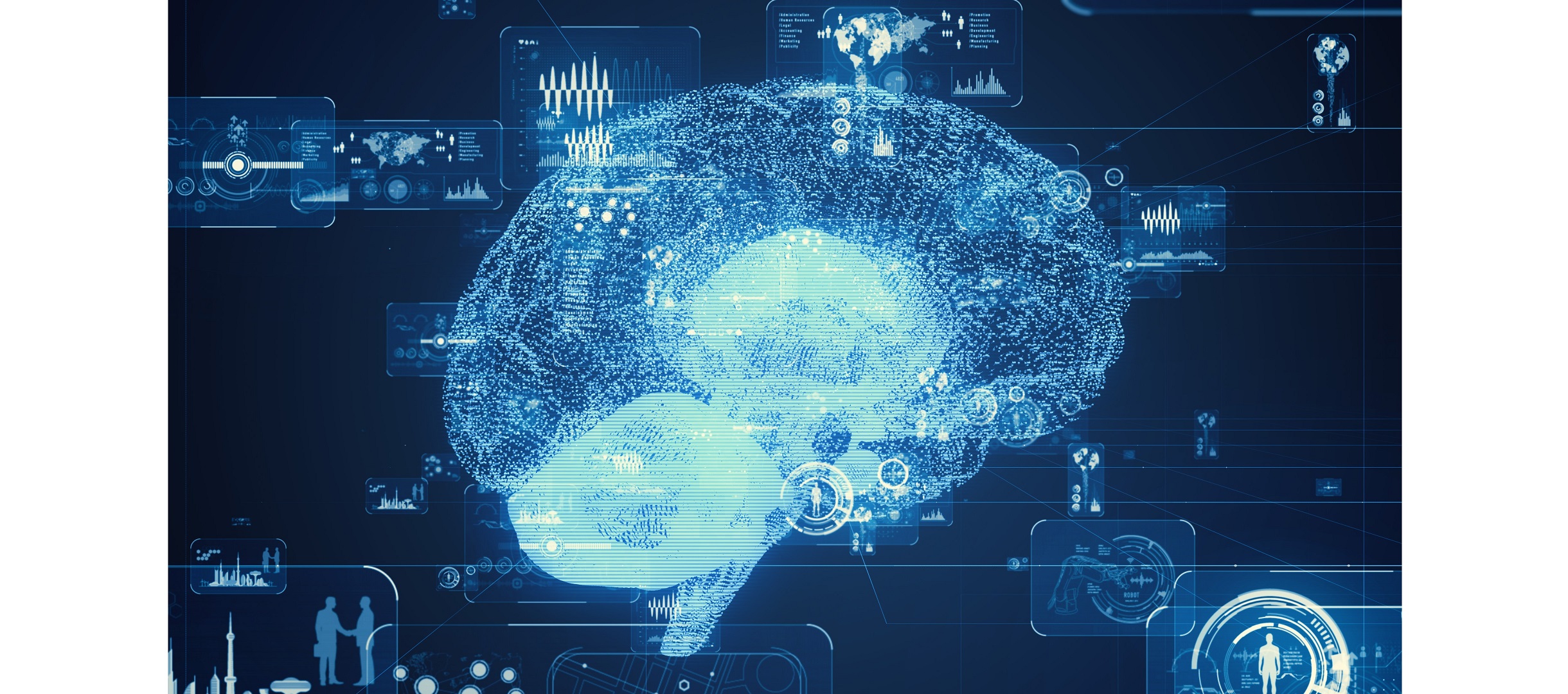Synergies Between Neuroscience and Artificial Intelligence
The field of neuroscience and artificial intelligence (AI) have traditionally been studied separately, with little overlap between the two. However, in recent years, there has been growing interest in the potential for cooperation between these two fields. By combining the insights and technologies of neuroscience and AI, we can unlock new possibilities for understanding the brain and creating intelligent machines.
One of the main ways that neuroscience and AI can work together is through the development of brain-inspired AI. By studying the structure and function of the brain, scientists can gain insights into how to create intelligent systems that mimic the brain work. This approach, known as neuromorphic computing, involves building computer systems that are modeled after the neural networks of the brain. These systems can process information in a more efficient and adaptable way, allowing them to perform tasks such as image recognition and natural language processing with greater accuracy.
Artificial Neural Networks (ANNs)
One of the key ways in which AI and neuroscience are driving each other forward is through the development of artificial neural networks (ANNs). ANNs are a type of machine learning algorithm that are modeled after the structure and function of the human brain. These algorithms are designed to learn from data and improve their performance over time, much like the way the human brain learns and adapts.
Neuroscience has played a crucial role in the development of ANNs by providing insights into the structure and function of the brain. For example, neuroscientists have discovered that the brain is made up of a large number of interconnected neurons, which communicate with each other through electrical and chemical signals. This has inspired researchers in the field of AI to develop artificial neural networks that mimic the structure and function of the brain.
In turn, AI has been driving neuroscience forward by providing new tools and techniques for analyzing and understanding the brain. For example, AI algorithms such as deep learning have been used to analyze large datasets of brain imaging data, which has led to new insights into the neural processes underlying cognition and behavior. Additionally, AI-based models have been developed to simulate neural networks and generate predictions about how the brain works, which can be tested and validated through experiments.
Brain Computer Interfaces (BCIs)
Neuroscience has been instrumental in the development of BCIs by providing insights into the neural processes that underlie perception, action, and communication. For example, neuroscientists have discovered that certain patterns of neural activity in the brain correspond to specific movements or actions, which has led to the development of BCIs that can control prosthetic limbs or other devices based on these patterns of activity.
On the other hand, AI has been driving the development of BCIs by providing new algorithms and techniques for analyzing and interpreting neural signals. For example, AI algorithms have been used to classify and decode neural signals, which can be used to control prosthetic limbs or other devices. Additionally, AI-based models have been developed to predict neural signals based on patterns of activity, which can be used to improve the performance of BCIs.
Natural and Human Language Processing
Furthermore, AI and neuroscience are also working together in the field of natural language processing, which involves using computers to understand and generate human language. Natural language processing is an interdisciplinary field, which draws on techniques from AI and computational linguistics, as well as insights from linguistics and cognitive psychology.
In addition to these technical advancements, cooperation between neuroscience and AI can also lead to a better understanding of the brain itself. For example, by using AI techniques to analyze large amounts of brain imaging data, scientists can gain insights into the neural mechanisms underlying various mental disorders, such as autism and schizophrenia. Furthermore, AI can also be used to model the brain’s processes, allowing scientists to test hypotheses and make predictions about the brain’s function in a way that would not be possible with traditional methods.
Of course, there are also ethical concerns to consider when it comes to the intersection of neuroscience and AI. One of the main concerns is the possibility of creating machines that are capable of making decisions and behaving autonomously. While this could lead to the development of intelligent systems that can perform a wide range of tasks, it also raises questions about accountability and the potential for misuse. Therefore, it is important that scientists and policymakers work together to develop guidelines and regulations to ensure that the development of AI is aligned with ethical and moral principles.
In conclusion, the cooperation between neuroscience and AI holds enormous potential for advancing our understanding of the brain and creating intelligent machines. By combining the insights and technologies of these two fields, we can unlock new possibilities for understanding the brain and creating intelligent machines. However, it is important that scientists and policymakers work together to ensure that the development of AI is aligned with ethical and moral principles.
Our team has been expanding our design offerings to optimize AI accelerated hardware solutions with customized software applications – in fact, this blog was partially written and edited utilizing AI tools.
Interested to know more? Get in touch with us for details.




